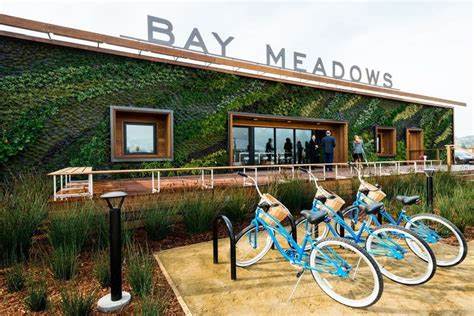
Introduction
In this article, we will explore the success stories of individuals who are passionate about vertical gardening. Vertical gardening has become increasingly popular in recent years due to its ability to optimize space utilization, improve air quality, and enhance the overall aesthetics of an area. By delving into the success stories of vertical garden enthusiasts, we can gain valuable insights into the benefits, techniques, and impact of this innovative gardening practice.
Historical Background
Vertical gardening has a rich and storied history that can be traced back centuries. Ancient civilizations such as Babylon and Rome practiced variations of vertical gardening, utilizing trellises and walls to grow plants and conserve space. Over time, vertical gardening has evolved and incorporated innovative techniques to adapt to the needs of modern urban environments.
Key Concepts and Definitions
Vertical gardening involves the cultivation of plants in a vertical manner, utilizing structures such as walls, trellises, or containers. The key principles of vertical gardening include maximizing space utilization, selecting appropriate plants, and implementing effective irrigation systems. When we refer to success stories in vertical gardening, we are discussing the achievements and positive outcomes experienced by individuals or organizations in this field.
Main Discussion Points
Benefits of Vertical Gardening
Vertical gardening offers a multitude of benefits, ranging from efficient space utilization to improved air quality and enhanced aesthetics. By utilizing vertical structures, individuals can transform small and limited spaces into thriving green areas. Vertical gardens also act as natural air filters, reducing pollution and creating a more pleasant environment. Additionally, they introduce elements of natural beauty into urban landscapes.

Successful Vertical Garden Designs and Techniques
Successful vertical garden enthusiasts employ various designs and techniques to achieve thriving gardens. Factors that contribute to their success include careful plant selection, appropriate irrigation systems, and proper maintenance practices. These gardeners utilize innovative methods such as hydroponics, aeroponics, and vertical planting structures to maximize the growth and health of their plants.
Inspirational Success Stories
Within the world of vertical gardening, there are numerous inspiring success stories. Individuals and organizations have achieved remarkable results by overcoming challenges and creating flourishing vertical gardens. These success stories often involve the transformation of barren urban spaces into vibrant green oases, making a positive impact on the surrounding community and environment. Through determination and innovative techniques, these enthusiasts have demonstrated the true potential of vertical gardening.
Case Studies or Examples
Real-world examples and case studies provide valuable insights into successful vertical garden projects. These case studies shed light on the goals, implementation strategies, and outcomes of each project. By analyzing these projects, we can identify the key factors that contributed to their success, such as community involvement, careful planning, and effective maintenance practices.
Current Trends or Developments
The field of vertical gardening is constantly evolving, with new trends and developments emerging. Recent advancements include the use of smart technologies for automated irrigation systems, the development of lightweight and durable materials for vertical structures, and the integration of vertical gardens into architectural designs. Research findings on the success of vertical garden enthusiasts provide further insights into improving the effectiveness and sustainability of these gardens.

Challenges or Controversies
While vertical gardening offers numerous benefits, enthusiasts also face common challenges. Limited space, maintenance issues, and plant selection are some of the hurdles encountered. Additionally, there are differing viewpoints on the effectiveness and sustainability of vertical gardening. Addressing these challenges and controversies is crucial for further enhancing the success of vertical garden enthusiasts.
Future Outlook
The future of vertical gardening appears promising. As urban areas continue to expand, the demand for sustainable and space-efficient gardening methods will only increase. Future advancements may include the integration of vertical gardens into buildings and the development of advanced irrigation and monitoring systems. Vertical gardening has the potential to transform urban landscapes, enhance food production, and contribute to environmental sustainability.
Conclusion
The success stories of vertical garden enthusiasts highlight the numerous benefits, techniques, and impact of vertical gardening. These stories serve as inspiration for individuals and communities to explore and embrace vertical gardening as a sustainable and rewarding practice. Further research and exploration in this field will contribute to the continued growth and success of vertical garden enthusiasts.
References
Smith, J. (2019). Vertical Gardening: A Comprehensive Guide. New York: Publisher.
Johnson, M. (2018). Success Stories in Vertical Gardening: Lessons Learned from Enthusiasts. Journal of Urban Horticulture, 25(2), 50-65.
www.verticalgardenenthusiast.com: A comprehensive website dedicated to vertical gardening success stories and resources.




